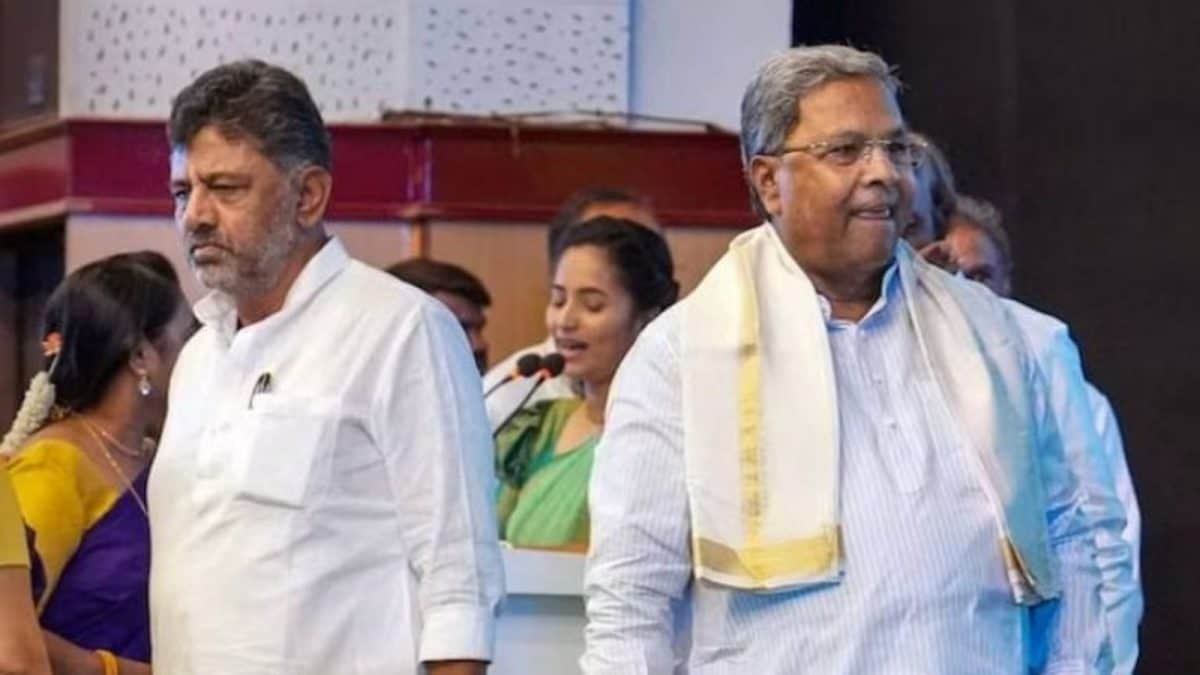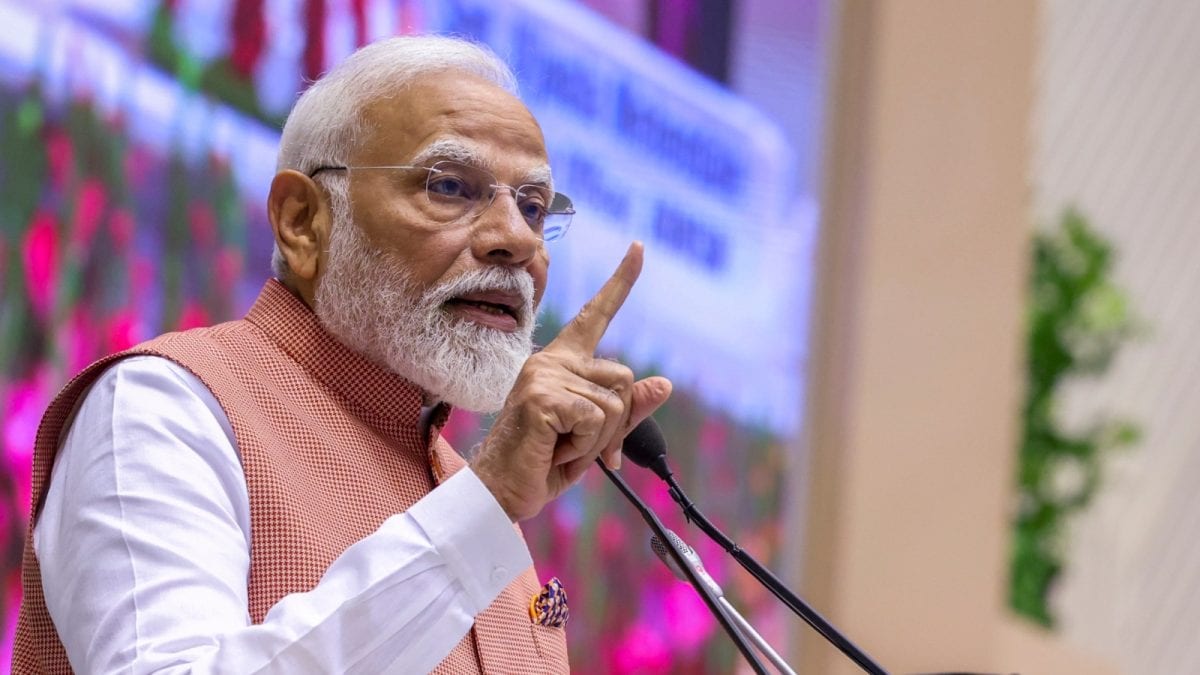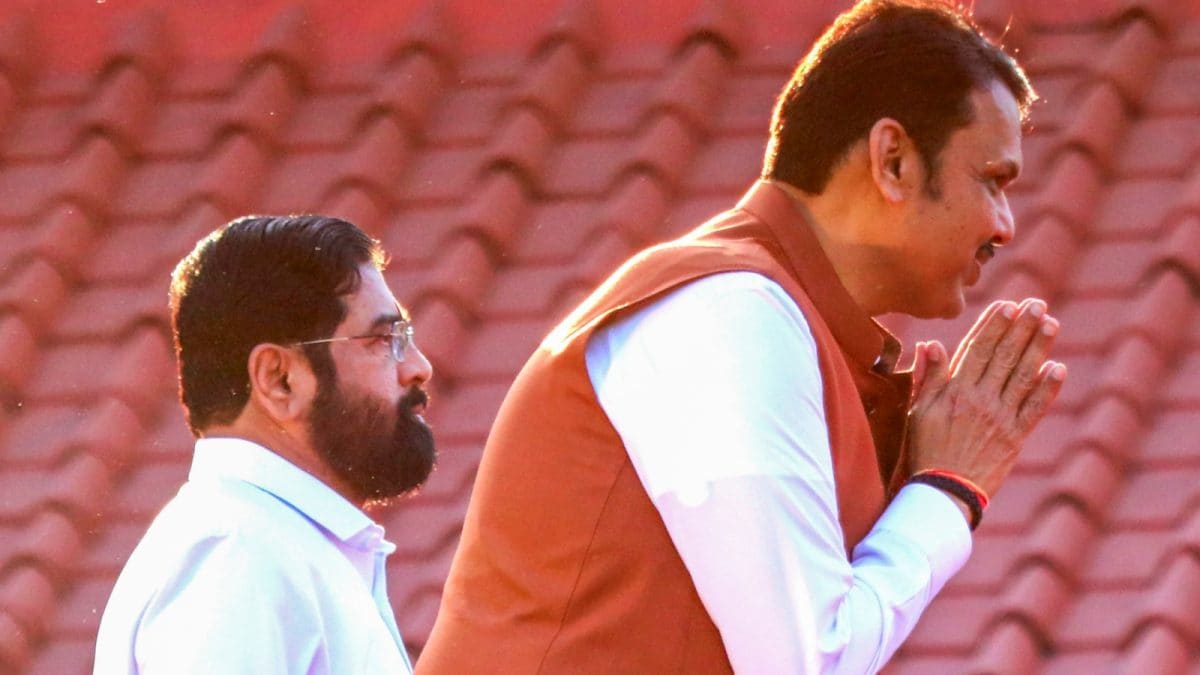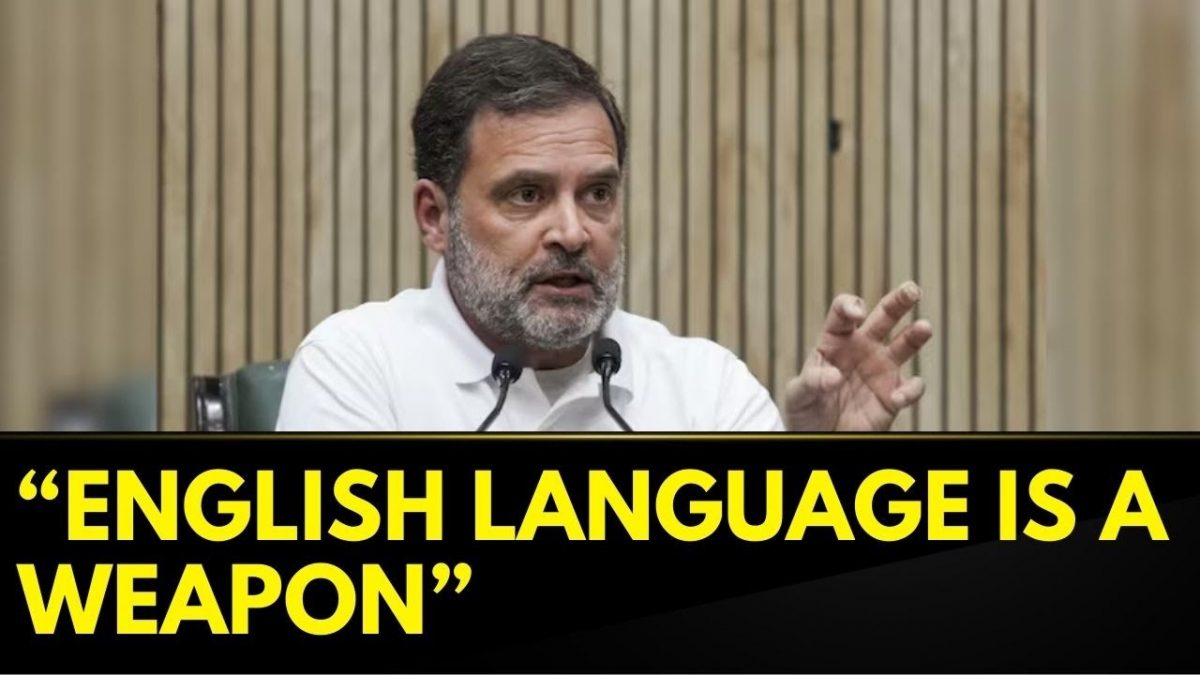Last Updated:December 26, 2024, 09:28 IST
The alliance focused on a strategy that combined grassroots welfare schemes with targeted campaigning, turning the tide in its favour

As Maharashtra enters a new political chapter, the Mahayuti must build on this momentum by ensuring that its welfare schemes continue to benefit the masses while addressing emerging challenges. (News18)

The Mahayuti government, then led by chief minister Eknath Shinde and deputy chief minister Devendra Fadnavis, entered the state polls facing criticism. The MVA, which consists of the Shiv Sena UBT, Congress, and NCP factions, had gained momentum after their improved performance in the Lok Sabha elections earlier this year. Many expected the assembly polls to be a tougher battleground for the Mahayuti. However, the alliance focused on a strategy that combined grassroots welfare schemes with targeted campaigning. By addressing specific voter concerns and delivering tangible benefits, the Mahayuti turned the tide in its favour.
The Ladki Bahin scheme, aimed at empowering young women and providing financial assistance for their education, struck a chord with rural and urban families alike. This initiative demonstrated the government’s commitment to gender equality and was particularly effective in reaching first-time women voters. By addressing educational aspirations and family financial burdens, the scheme created a strong emotional connection with the electorate.
Another scheme the Mahayuti floated was three free LPG cylinders to eligible women. Under this initiative, women from lower-income households, particularly in rural and semi-urban areas, were provided with three free LPG cylinders annually. This scheme eased household burdens, appealing to a broad base of women voters who often influence family voting decisions.
Agriculture remains the backbone of Maharashtra’s economy, and the Mahayuti government’s solar water pump scheme directly benefited farmers struggling with unreliable power supplies. By offering a sustainable and cost-effective solution, this initiative won the trust of rural voters. Farmers appreciated the government’s focus on long-term solutions rather than temporary fixes, translating into significant support for the Mahayuti in rural constituencies.
In addition to solar pumps, the government’s subsidy on electricity bills further cemented its image as a farmer-friendly administration. At a time when energy costs were rising, this scheme provided much-needed relief, ensuring loyalty from the agricultural community.
The elderly population, often overlooked in welfare policies, found recognition through the free ‘tar’ post (speed post) scheme. This move symbolised respect for senior citizens and gave them a sense of inclusion in governance. Senior citizens, in turn, became vocal advocates for the Mahayuti, encouraging younger family members to support the alliance.
ALSO READ | Sangh Strategist Who Manoeuvred Mahayuti’s Maharashtra Sweep: Meet Atul Limaye
Transport concessions for women traveling by bus became another standout initiative. The scheme not only eased the financial burden on daily commuters but also sent a strong message about the government’s commitment to women’s welfare. It resonated particularly well with working women and students, further bolstering the Mahayuti’s appeal.
The Mahayuti also excelled in delivering these welfare narratives on the ground level. Local leaders were tasked with explaining the benefits of these schemes directly to voters, ensuring that the message reached every household. Social media campaigns highlighted beneficiary stories, creating a ripple effect of trust and goodwill.
While the MVA relied on highlighting the shortcomings of the Mahayuti government, it struggled to present a cohesive vision for the future. Internal conflicts within the MVA, particularly between Shiv Sena UBT and NCP factions, also diluted their campaign. The success MVA had in the Lok Sabha polls led them to rely on those numbers instead of hitting the ground and campaigning aggressively against the Mahayuti.
The biggest mistake MVA made was not finding an alternative to the ‘Ladki Bahin’ scheme. Initially, the MVA criticised the scheme but later came up with a similar one with an increased amount in their manifesto. The disorganised seat-sharing talks within the MVA also worked against them. Shiv Sena UBT and Congress remained at loggerheads until the last stage of seat-sharing, and their leaders openly criticised each other.
In contrast, the Mahayuti leadership trio — Eknath Shinde, Devendra Fadnavis, and Ajit Pawar —worked cohesively to secure a comeback. Shinde, with his grassroots appeal, connected well with rural voters, while Fadnavis brought administrative credibility and urban support. Ajit Pawar provided the Mahayuti with significant reach in rural Maharashtra, particularly in the sugar belt of western Maharashtra. This trio showcased unity and efficiency, which contrasted with the MVA’s fragmented image.
ALSO READ | ‘Ek Hai Toh Safe Hai’: The Slogan Game That Gave Edge To Mahayuti Over MVA In Maharashtra
Despite the resounding victory, the Mahayuti faces significant challenges moving forward. Delivering on its promises will be critical to maintaining public trust. Rising costs of welfare schemes could strain the state budget, and balancing populist measures with fiscal responsibility will require careful planning. Additionally, the MVA remains a formidable opposition, and its performance in the Lok Sabha polls serves as a reminder that the political dynamics in Maharashtra can shift quickly.
The Mahayuti’s victory in the Maharashtra assembly elections is a testament to the power of welfare-oriented governance and effective communication. By addressing voter concerns directly and offering tangible solutions, the alliance not only overcame the odds but also reinforced its position as a trusted administration.
As Maharashtra enters a new political chapter, the Mahayuti must build on this momentum by ensuring that its welfare schemes continue to benefit the masses while addressing emerging challenges. For now, the alliance’s strategy stands as a model of how grassroots policies can shape electoral success in India’s dynamic political landscape.
Location : First Published:December 26, 2024, 09:28 IST
News politics 2024 Done & Dusted, Can Mahayuti Live Up To Maharashtra’s Expectations Next Year?

 1 month ago
1 month ago















